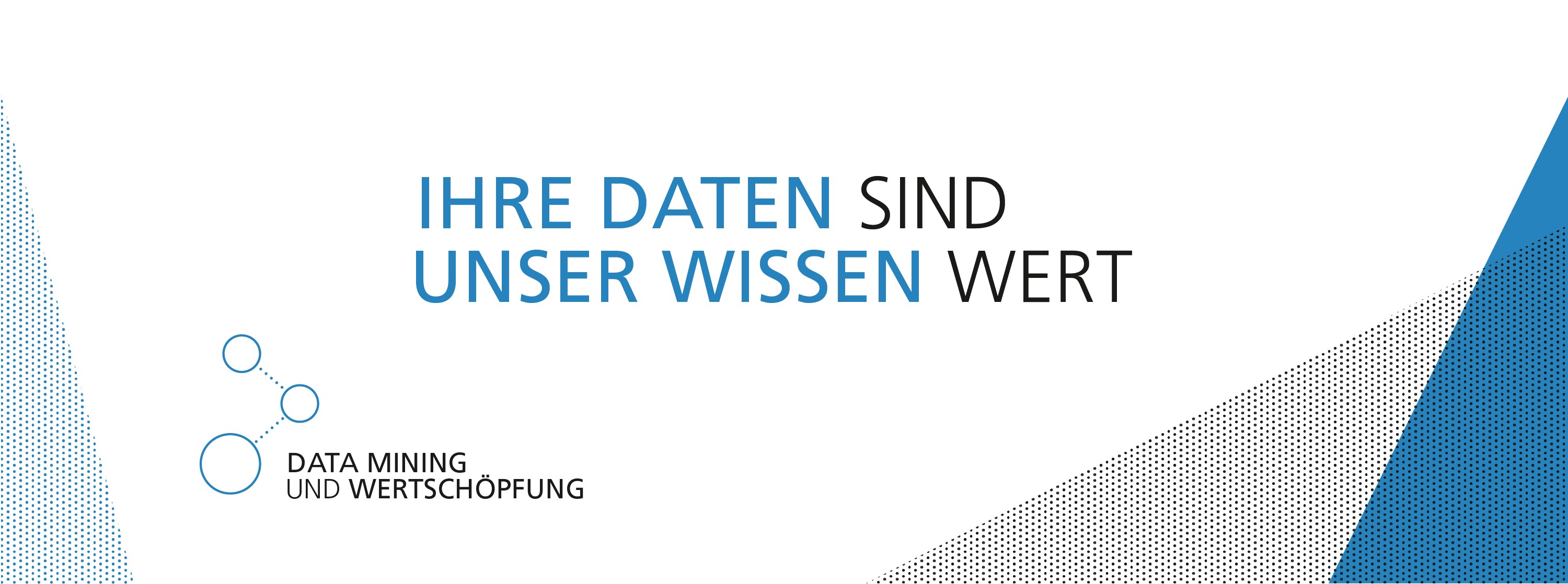Approach and results
Based on case studies analyzing 27 companies, the authors develop a framework for increasing revenue through digital offerings. They identify and describe three phases that companies undergo when changing their business models.
1) ”Hardware-plus” logic: enhancing existing products with embedded digital features (e.g. simplifying machine operation via tablet).
2) Establishing multiple business model elements that increase customer value: selling software applications, offering service contracts with performance guarantees or results-based payment models.
3) Integrating the various elements into a platform logic: IoT platforms facilitate complex data-driven bundles of offerings that address challenging customer problems (e.g. optimizing the processes of entire machine fleets).
Next, the authors identify and describe three obstacles that companies face during these stages that impede progress.
1) Adhering for too long to existing logic (hardware-plus).
2) Conflicts between the different elements of the business model.
3) Difficulties in coordinating collaboration within ecosystems.
They also explain the necessary adjustments in the companies’ business model components during the three phases. They elaborate on the value proposition, value creation activities, and revenue mechanics components.
Value for business
The explanations in the article serve as a guide for dealing with business model dynamics. ”It isn’t easy to convert business models from analog to digital. Instead, companies should weigh the strengths and weaknesses in their portfolio and analyze associated required changes in the business model – our framework is an aid in this,” says Alexander Arzt.
The goal is for management to know the barriers in the individual phases so that they can proactively avoid or eliminate them. Alexander Arzt stresses the particular importance of consistency in the configuration of the business model components. Furthermore, it is important to utilize synergies and to prevent friction or negative interrelationships (keyword: cannibalization) between business models. Another valuable piece of advice is for managers to think beyond their own company boundaries, and to assume an ecosystem perspective.




